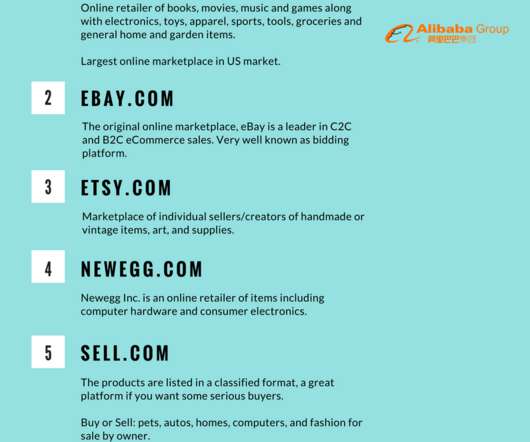This Week in Logistics News (February 9-13, 2015)
Talking Logistics
FEBRUARY 13, 2015
Bigger Container Ships Pose Bigger Risks (WSJ – sub. With more than 30 cargo ships anchored offshore, countless supply chains scrambling, and the prospect of a $2 billion per day hit on the U.S. The larger ships will further test the capacity of ports and canals and the skill of their captains and crews.



























Let's personalize your content